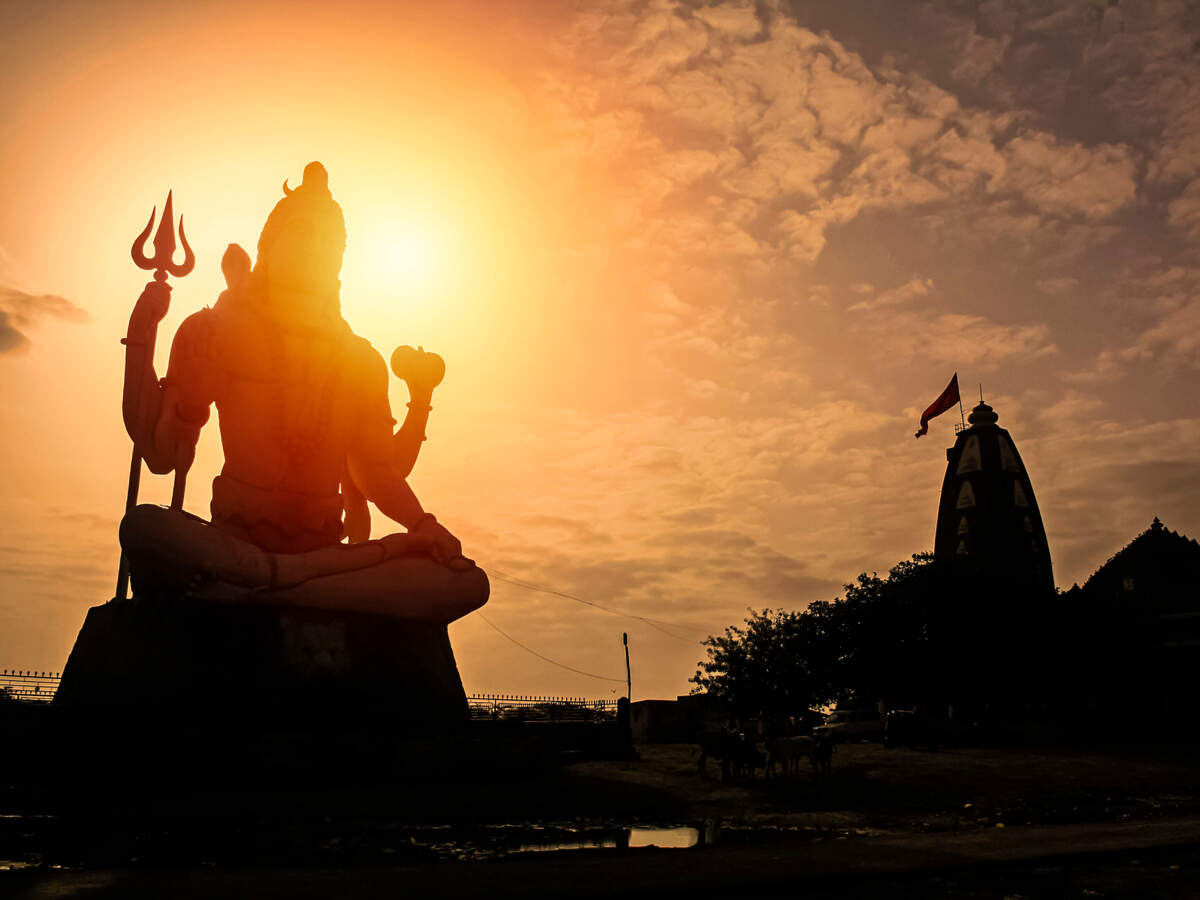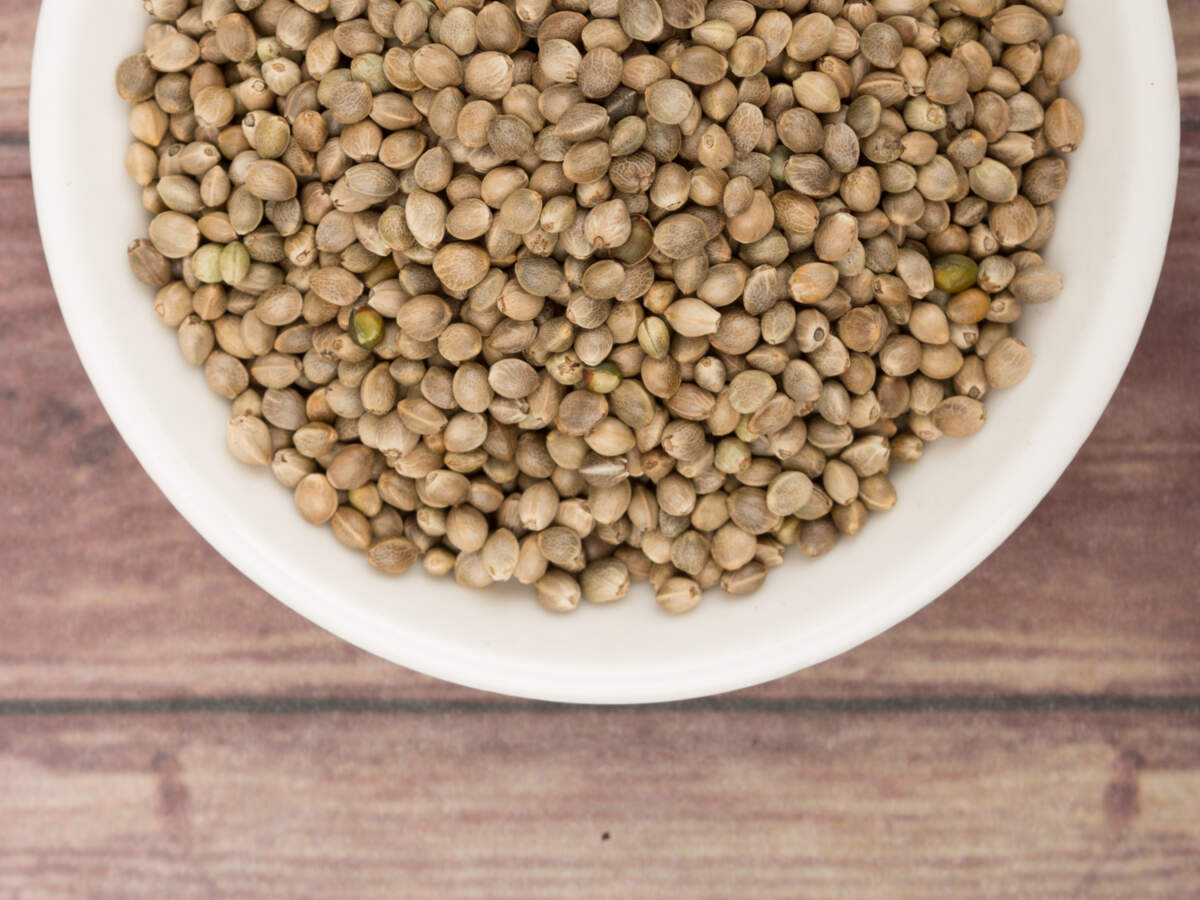
PATIALA: On Thursday morning New Shepard rocket, a spaceflight would take its edge in the space and then land back in West Texas, USA. It will be launched on May 2nd at 8:30 am CDT / 13:30 UTC (9 PM in India) and NASA would cover live launching. The mission will take 38 microgravity research payloads to space and one of these research payloads is a contribution of Punjab’s Patiala resident Harpreet Singh Sareen.
Sareen, 28, said he is one among over 100 researchers involved in carrying out these experiments. His experiment is based on one-dimensional nano-wire networks.
This project is in collaboration with MIT Media Lab Space Exploration. The initiative is built on the spirit of the MIT Media Lab, uniting artists, engineers, scientists, and designers. As the first MIT flight with New Shepard, the Space Exploration Initiative is flying several scientific payloads, as well as two projects that use zero gravity as a medium for works of art.
Being developed by Blue Origin, which is owned by Jeff Bezos, as a commercial system for suborbital space tourism, the ‘New Shepard’ is a private spaceflight venture of Blue Origin, that had already conducted its several spaceflight tests in the past. The New Shepard is a vehicle designed to take passengers to the edge of space and back. With each new test, Blue Origin gets one step closer to putting people on the rocket, a milestone the company hopes to achieve this year.
“It’s a fully reusable rocket, which means the entire system is recovered after each flight and then flown again. The rocket consist of a rocket booster and a capsule for carrying people. During each launch, the booster climbs through the atmosphere, carrying the capsule beyond the edge of space — about 62 miles up. Around this height, the booster and capsule separate. It’s at this point that people on board would feel the sensation of weightlessness. After staying for a few minutes in the space, both the booster and capsule fall back to Earth; the booster reignites its engine after around three minutes of fall, to land upright on the ground, while three parachutes lower the capsule gently to the surface”, said, Sareen.
Passed out from Punjabi University Patiala in 2012, Sareen had done his master in electrical science at MIT Boston, USA and then joined as a professor at Parsons School of art and design in New York.
Sareen, 28, said he is one among over 100 researchers involved in carrying out these experiments. His experiment is based on one-dimensional nano-wire networks.
“Convective forces due to gravity on Earth introduce defects during the crystallization process. However, removing the gravity vector during the process of self-assembly of such networks can potentially lead to thin and long (high aspect ratio) one-dimensional nano-wire networks, with controllable growth parameters. Our payload is a self-contained experiment (4.0" x 4.0" x 7.0", 1.1lbm) housing growth media and electronics powering this growth over the microgravity window”, Sareen said while revealing about his project.
This project is in collaboration with MIT Media Lab Space Exploration. The initiative is built on the spirit of the MIT Media Lab, uniting artists, engineers, scientists, and designers. As the first MIT flight with New Shepard, the Space Exploration Initiative is flying several scientific payloads, as well as two projects that use zero gravity as a medium for works of art.
Being developed by Blue Origin, which is owned by Jeff Bezos, as a commercial system for suborbital space tourism, the ‘New Shepard’ is a private spaceflight venture of Blue Origin, that had already conducted its several spaceflight tests in the past. The New Shepard is a vehicle designed to take passengers to the edge of space and back. With each new test, Blue Origin gets one step closer to putting people on the rocket, a milestone the company hopes to achieve this year.
“It’s a fully reusable rocket, which means the entire system is recovered after each flight and then flown again. The rocket consist of a rocket booster and a capsule for carrying people. During each launch, the booster climbs through the atmosphere, carrying the capsule beyond the edge of space — about 62 miles up. Around this height, the booster and capsule separate. It’s at this point that people on board would feel the sensation of weightlessness. After staying for a few minutes in the space, both the booster and capsule fall back to Earth; the booster reignites its engine after around three minutes of fall, to land upright on the ground, while three parachutes lower the capsule gently to the surface”, said, Sareen.
Passed out from Punjabi University Patiala in 2012, Sareen had done his master in electrical science at MIT Boston, USA and then joined as a professor at Parsons School of art and design in New York.
#ElectionsWithTimes
more from times of india cities
Elections 2019

Trending Topics
LATEST VIDEOS
City
 Watch: Cloud covered sky, rough sea weather conditions in Visakhapatnam under the influence of cyclone Fani
Watch: Cloud covered sky, rough sea weather conditions in Visakhapatnam under the influence of cyclone Fani  Gurugram: Shocking case of moral policing, woman attacks youngsters over short dresses
Gurugram: Shocking case of moral policing, woman attacks youngsters over short dresses  Watch: Fishermen brave rough sea condition to bring back boat
Watch: Fishermen brave rough sea condition to bring back boat  Mumbai: Hotelier assaulted by unidentified man at Vasai railway bridge
Mumbai: Hotelier assaulted by unidentified man at Vasai railway bridge
More from TOI
Navbharat Times
Featured Today in Travel
Quick Links
Lok Sabha Election Schedule 2019Lok Sabha Election NewsDelhi Capitals teamMI team 2019Rajasthan Royals 2019RCB team 2019Maharashtra Lok Sabha ConstituenciesBJP Candidate ListBJP List 2019 TamilnaduShiv Sena List 2019AP BJP List 2019Mamata BanerjeeBJP List 2019 MaharashtraPriyanka GandhiBJP List 2019 KarnatakaAMMK Candidate List 2019BJP List 2019 WBLok Sabha Elections in Tamil NaduBSP List 2019 UPNews in TamilLok Sabha Poll 2019Satta Matka 2018PM ModiMahagathbandhanNagpur BJP Candidate ListChandrababu NaiduTamil Nadu ElectionsUrmila MatondkarNews in TeluguMadras High CourtTejashwi YadavArvind KejriwalTejasvi SuryaPawan KalyanArvind KejriwalYogi AdityanathJaya PradaSatta King 2019Srinagar encounter
Get the app




